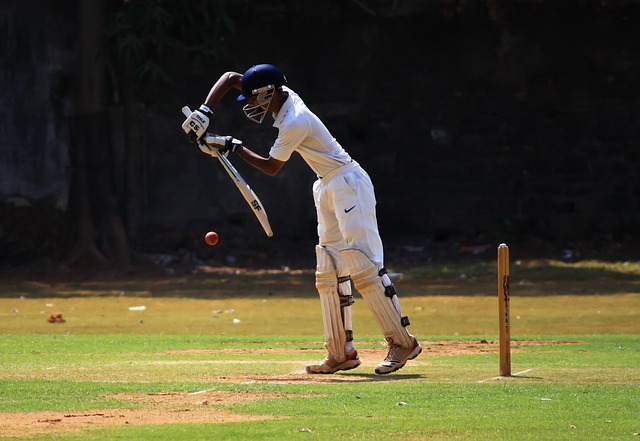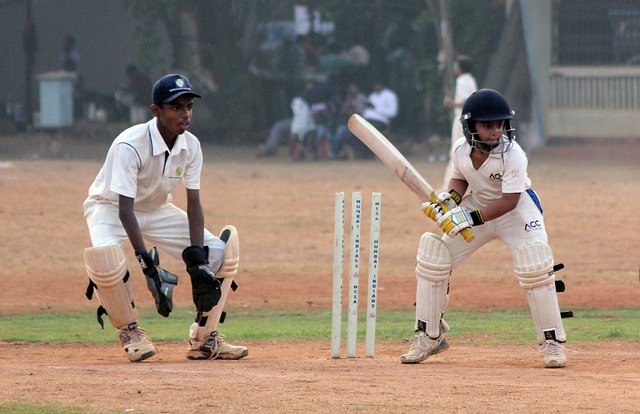Odds formats are more than regional preferences—they shape how you calculate payouts, implied probability, and betting value. American odds dominate in the United States, while decimal odds are standard in Europe, Australia, and online sportsbooks worldwide. If you switch between books or shop lines across markets, you need to convert quickly without losing clarity. The good news: both formats express the same information. The challenge is doing the math under pressure, when a line moves or a live bet window ticks down. Knowing a few shortcuts and mental anchors helps you stay sharp and avoid mistakes. Whether you are building a parlay, comparing implied probabilities, or hedging mid-game, mastering the conversion keeps you flexible across platforms and ensures you do not miss value due to format confusion.
Understanding the Two Formats
American odds use plus and minus signs to show underdogs and favorites. A positive number (+150) shows how much profit you win on a $100 stake, while a negative number (–150) shows how much you must risk to win $100. Decimal odds express the total return (stake plus profit) per unit bet, so 2.50 means you receive $2.50 back for every $1 staked. At their core, both formats encode implied probability: American odds highlight betting volume around $100 increments, while decimal odds scale cleanly with any stake size. Once you see them as two languages describing the same probability, the conversion becomes less intimidating. The key is anchoring with common pairs: –110 equals 1.91, +200 equals 3.00, and even money (+100) equals 2.00. With these in memory, you can estimate the rest.
Converting American to Decimal Odds

To convert positive American odds, divide the number by 100 and add 1. For example, +150 becomes (150 ÷ 100) + 1 = 2.50. For negative odds, divide 100 by the absolute value, add 1, and you get the decimal. So –200 becomes (100 ÷ 200) + 1 = 1.50. These simple formulas cover nearly every case. Under pressure, use mental shortcuts: +200 is always 3.00, +300 is 4.00, and +400 is 5.00. On the negative side, –100 equals 2.00, –200 equals 1.50, –400 equals 1.25. Recognizing these anchors lets you interpolate the rest. For instance, if you see –150, you know it falls between –100 (2.00) and –200 (1.50), so it must be around 1.66. With practice, these conversions become second nature, giving you instant cross-format awareness without fumbling for a calculator.
Converting Decimal to American Odds
The process works in reverse with just a little adjustment. If the decimal is greater than 2.00, subtract 1, multiply by 100, and add the plus sign. For example, 2.75 becomes (1.75 × 100) = +175. If the decimal is less than 2.00, take –100 and divide it by the decimal minus 1. So 1.66 becomes –100 ÷ 0.66, which rounds to –152. Like before, use anchors: 1.50 always equals –200, 1.66 equals –150, 1.91 equals –110, and 2.00 equals +100. Anything above 2.00 corresponds to underdogs with positive odds. By memorizing this handful of common ratios, you save valuable time when a line moves during live betting. The ability to bounce between formats seamlessly not only improves your accuracy but also prevents hesitation that could cost you a favorable number.
Practical Tips for Betting Under Pressure

Odds move quickly, especially in live markets or when betting apps update across jurisdictions. To stay disciplined, memorize the anchor points and practice rough conversions until they feel automatic. When in doubt, focus on implied probability: divide 100 by the decimal to get the percentage, or use 100 ÷ (odds + 100) for favorites in American format. Always round conservatively; it is better to underestimate a payout slightly than to overestimate and overbet. Keep a small cheat sheet of conversions if you play across books often, and rehearse translating them aloud to reinforce memory. The more fluent you become, the less you will rely on tools in high-pressure moments. Converting quickly under stress is not about being perfect—it is about staying accurate enough to make informed, confident decisions before the window closes.
